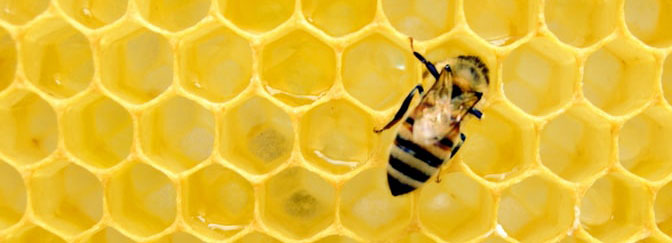The parasitic mite Varroa destructor is an important contributor to the high losses of Western honeybees.
Forager bees from Varroa-infested colonies show reduced homing and flight capacity; it is not known whether flight manoeuvrability and related learning capability are also affected. Here, we test how honeybees from Varroa-infested and control colonies fly in an environment that is unfamiliar at the beginning of each experimental day.
Using stereoscopic high-speed videography, we analysed 555 landing manoeuvres recorded during twelve days of approximately five hours in length. From this, we quantified landing success as percentage of successful landings, and assessed how this changed over time.
We found that the forager work force of Varroa-infested colonies did not improve their landing success over time, while for control bees landing success improved with ~10% each hour. Analysis of the landing trajectories showed that control bees improved landing success by increasing the ratio between in-flight aerodynamic braking and braking at impact on the landing platform; bees from Varroa-infested colonies did not increase this ratio over time.
The Varroa-induced detriment on this landing skill-learning capability might limit forager bees from Varroa-infested colonies to adapt to new or challenging conditions; this might consequently contribute to Varroa-induced mortality of honeybee colonies.

From: The Royal Society